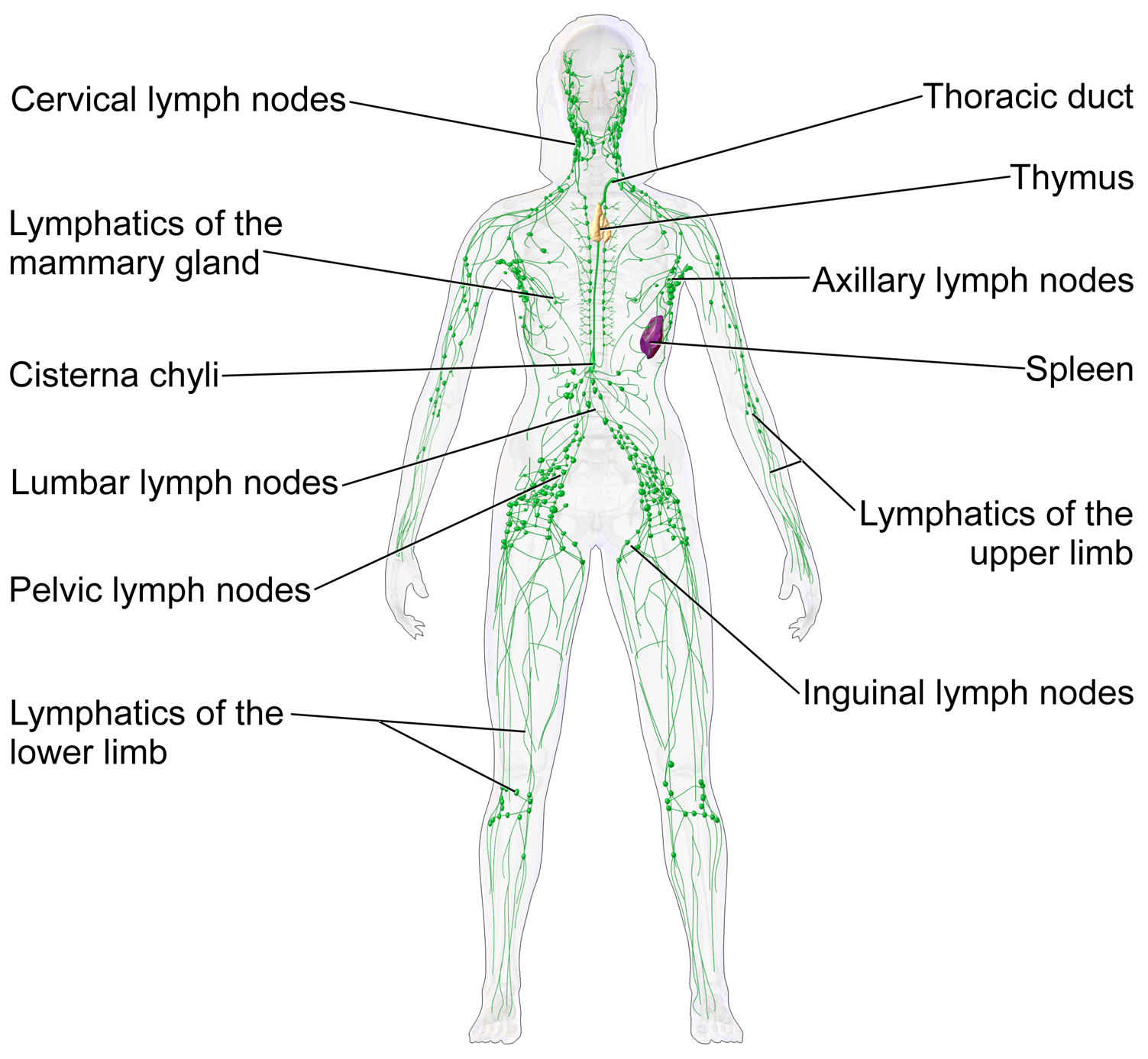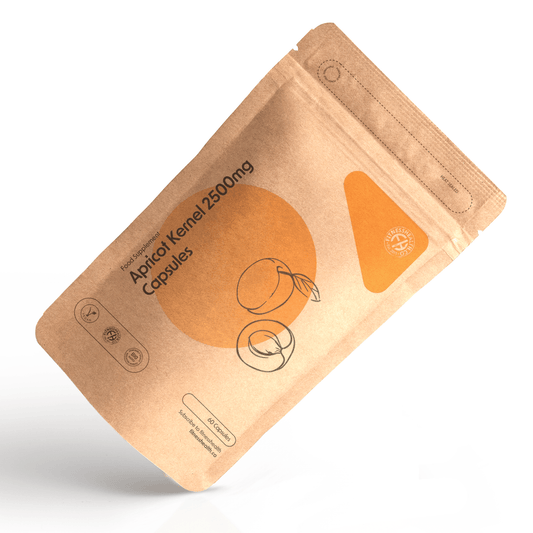
The lymphatic system includes lymphatic tissue, lymphatic vessels, lymph, lymph nodes, lymphatic nodules, the spleen, the tonsils, and the thymus.The lymphatic system has three principal functions which ensure that the body keeps working.
The first function deals with fluid balance. About thirty litres of fluid pass from the capillaries into the interstitial fluid each day, whereas only twenty-seven litres pass from the interstitial fluid back into the capillaries. Essentially, if the extra three litres were to stay in the interstitial fluid, oedema would result, promoting tissue damage and subsequent death. The three litres of fluid enter the lymphatic capillaries, where it is called lymph, and passes through the lymphatic vessels back to the blood. Lymph contains (apart from water) solutes derived from substances in cells, such as enzymes, hormones, and by-products, and substances in plasma, like nutrients, gases, irons, and some proteins.
The second function deals with lipid absorption. The lymphatic system absorbs lipids from the digestive system through vessels called lacteals, situated in the lining of the small intestine. From the lacteals, they pass into the rest of the circulation.
The last function deals with bodily defence. Microorganisms and other foreign substances are filtered from the lymph by lymph nodes and from blood by the spleen. Moreover, cells such as lymphocytes are capable of eradicating microorganisms and other foreign substances. Because the lymphatic system fights infections, and filters blood and lymph to remove microorganisms, many infectious diseases produce symptoms associated with the lymphatic system. Without the lymphatic system, you would most definitely be plagued by disease and would most likely die either from the infection or from oedema.
Bibliography
- Professional guide to diseases. 9th ed. Philadelphia: Wolters Kluwer Health/Lippincott Williams & Wilkins, 2009.
- Tortora, Gerard J., and Sandra Reynolds Grabowski. Principles of anatomy and physiology. 10th ed. New York: Wiley, 2003.







